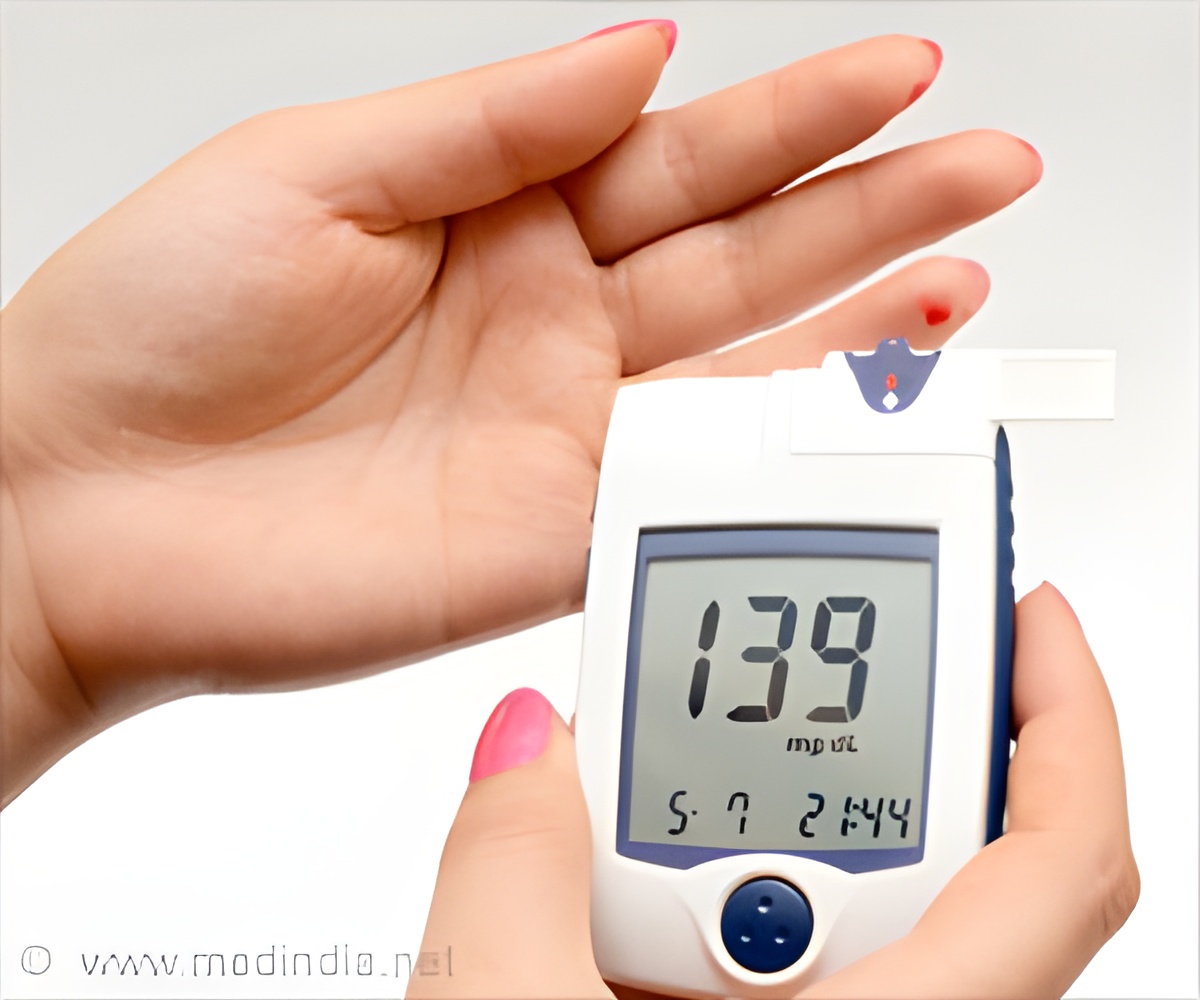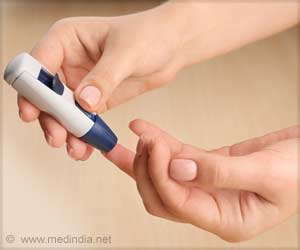The incidence of diabetes will also rise in other parts of the world with the figures likely to increase from 171 million a decade ago to 366 million by 2030.

‘The incidence of gestational diabetes has increased by 16 to 27 percent in the last two decades. Obese women are at higher risk for gestational diabetes.’





Obese women before marriage and those above the age of 25 years are at high risk of developing Gestational Diabetes Mellitus (GDM). “GDM can be very hard on women as the burden of diabetes on women is unique, because it can affect both mothers and their unborn children. Diabetes can cause difficulties during pregnancy such as a miscarriage or a baby born with birth defects,” said Rajesh Khadgawat, Additional Professor of Endocrinology at All India Institute of Medical Sciences(AIIMS).
In the last two decades, the rates of GDM has increased by 16 to 27 percent in several races.
Ajay Aggarwal, an endocrinologist from Fortis Hospital, said, “The placenta (a flattened circular organ in the uterus of pregnant women) supports the baby as it grows. Hormones from the placenta help the baby develop. But these hormones also block the action of the mother’s insulin in her body. This problem is called insulin resistance. Insulin resistance makes it hard for the mother’s body to use insulin. She may need up to three times as much insulin.”
The Center for Disease Control and Prevention (CDC) stated that the prevalence of GDM is as high as 9.2 percent.
Advertisement















